When the museum is a place of conversation, it is alive. It shares history and culture in an artistic way, not as something hidden in a history book in a library, but open to the broader community. I want to make the museum space feel human, rather than just a place to view objects. The world has exported its own idea of our identity and of how we should relate to the world. Why not bring our own way; to show how people can relate as family? I want to make those objects come alive, because you can't have art without having people, and you can't have an exhibition experience without exchanging in different knowledge systems.
– XOLILE ‘X’ MADINDA
Since the early 20th century, the curator has often been understood as the author of an exhibition. But in recent years artists, curators and museums have begun to reimagine the exhibition as more collaborative, dialogic, and open-ended. The curator is situated as a mediator and facilitator rather than autonomous author. Rather than “texts waiting to be read,” exhibitions have the potential to build new social spaces for engagement among diverse stakeholders: curators, artists, scholars and community members.
This one-day symposium brings together Indigenous and non-Indigenous scholars from Australia, Papua New Guinea, South Africa and the United States. By examining different approaches to exhibition making, the symposium seeks to reframe curatorial practice as more than a “one-way” art and culture delivery system, but a vehicle for community building that creates new knowledge, amplifies access, and expands educational and economic opportunities.
-----
BUILDING NEW SOCIAL SPACES FOR ART is convened by Lise Dobrin (Anthropology), Noel Lobley (Music) and Henry Skerritt (Art History) as part of the Collaborative Curation Lab at the Institute for the Humanities and Global Cultures at the University of Virginia. It is supported by the Kluge-Ruhe Aboriginal Art Collection of the University of Virginia and UVA Arts.
Speakers include Robert Fielding, Artist, Mimili Maku Arts (Australia); Nicolas Garnier, Director of the Research Centre in Social Sciences Divine Word University (Papua New Guinea); Xolile ‘X’ Madinda, Arts Activist, The Black Power Station (South Africa); Fred Myers, Silver Professor of Anthropology, NYU; Marlene Nampitjinpa Artist, Papunya Tula Artists (Australia) and John West Tjupurrula, Artist, Papunya Tula Artists (Australia).
Please REGISTER by Friday, October 10th.
-----
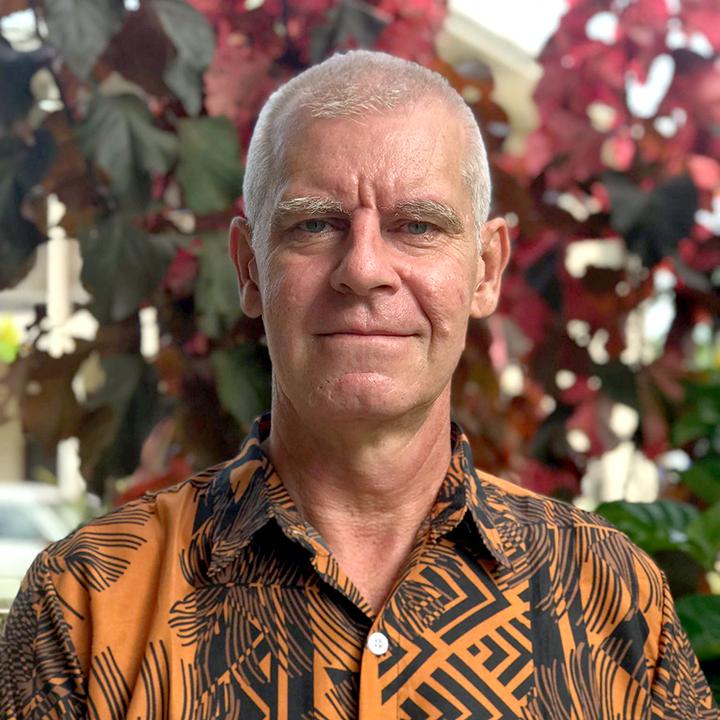
Nicolas Garnier is a cultural anthropologist and visual artist who works on ritual and material culture. He served for seven years as chief curator for the Pacific and Insular Asia collections at the Musée du Quai Branly in Paris. Currently on sabbatical from this position, he has been working at the crossroad between anthropology, environmental sciences, and creative arts with communities in Madang and East Sepik Provinces in Papua New Guinea. He is also doing work in Papua New Guinea prisons.

Robert Fielding is a contemporary artist of Western Arrernte, Yankunytjatjara, Pakistani, and Afghan descent who lives in the community of Mimili on the Aṉangu Pitjantjatjara Yankunytjatjara (APY) Lands. Robert combines strong cultural roots with contemporary views on the tensions between community life and global concerns. He confidently moves across different mediums forming a meeting point for different narratives to come together and connect with each other. His practice includes new media, painting, and traditional craftsmanship.
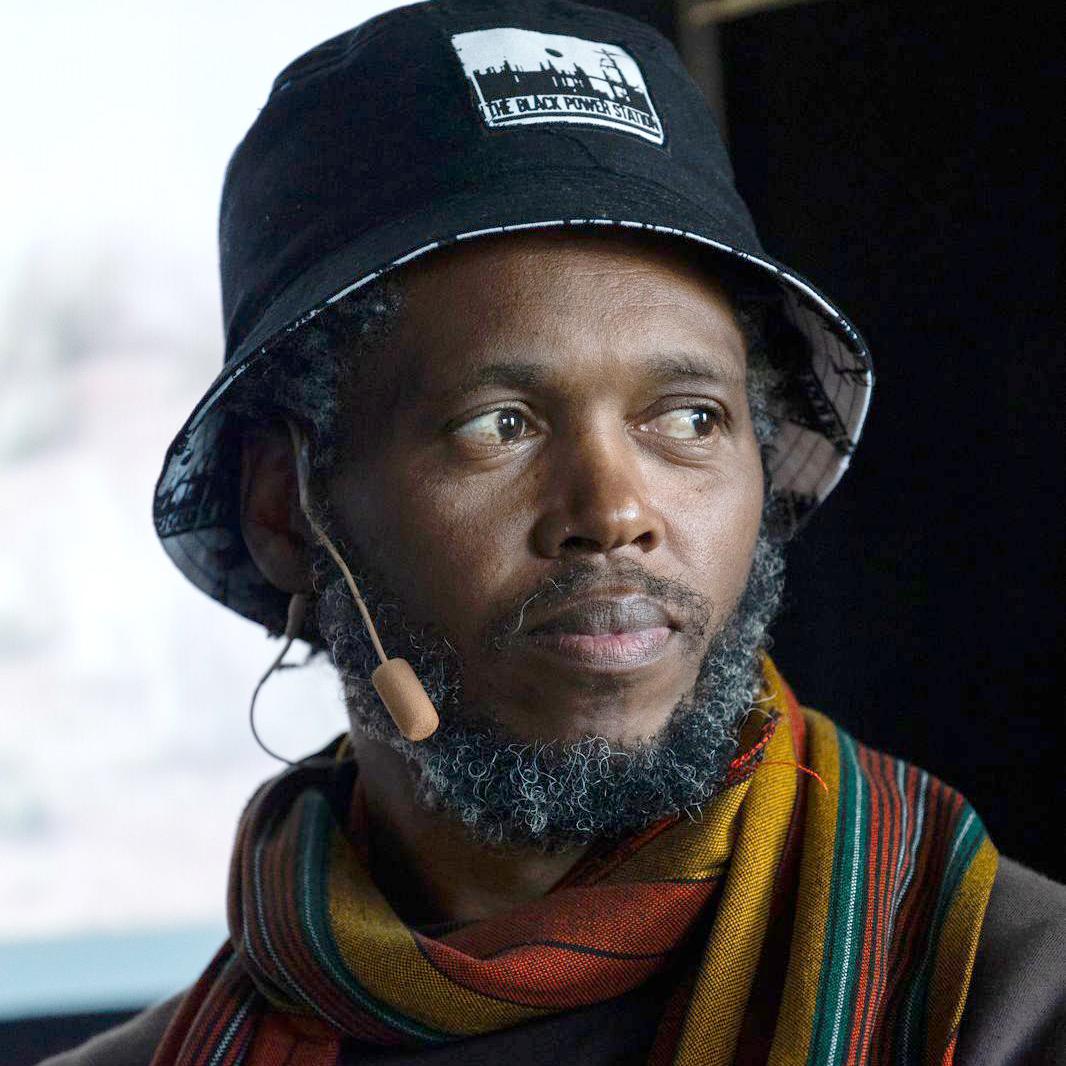
Xolile ‘X’ Madinda is from the Oogaba clan of the amaXhosa people. He is the founder and CEO of Around Hip Hop, the organization that runs The Black Power Station. At The Black Power Station an expansive team of visual artists, sculptors, praise poets, actors, sound artists, healers, educators, DJs and musicians produce and curate an ever-expanding program of events, lectures, shows, children’s activities, discussions, ceremonies, installations and exhibitions.
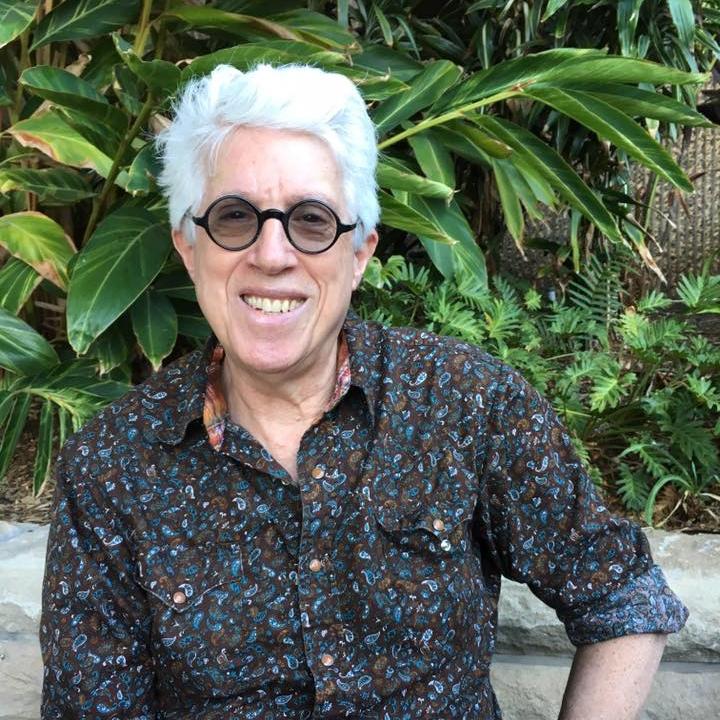
Fred Myers is Silver Professor Emeritus of Anthropology at New York University. He has been conducting research with and writing about Pintupi people from the Western Desert since 1973. His books include Pintupi Country, Pintupi Self: Sentiment, Place and Politics among Western Desert Aborigines (1986), which received the 1988 W.E.H. Stanner Prize for best book in Aboriginal Studies and Painting Culture: The Making of an Aboriginal High Art (2002), which was awarded the 2008 J.I. Staley Prize from the School of Advanced Research.
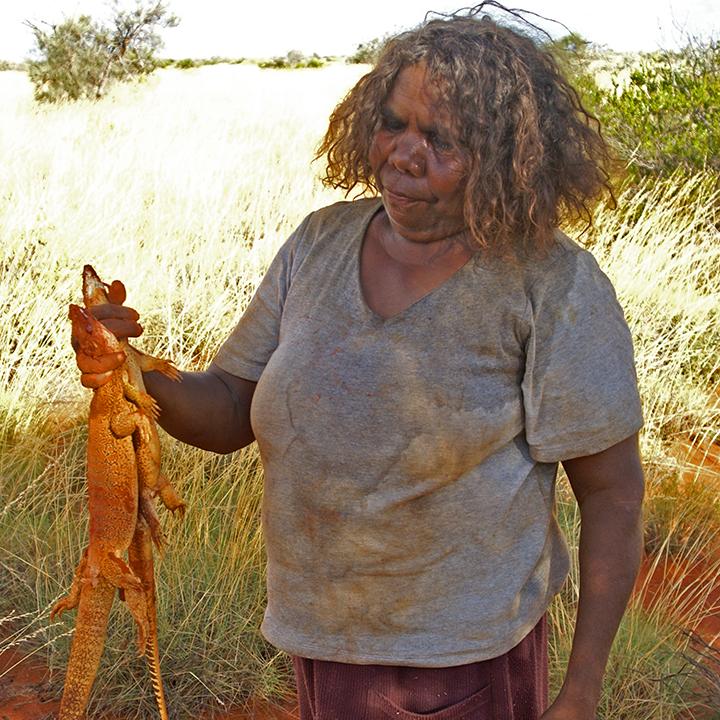
Marlene Nampitjinpa is an artist, interpreter and health advocate from Walungurru (Kintore), Australia. She began painting in 2014 for Papunya Tula Artists. She is an active and visible spokesperson for Indigenous health, having served as Chair and Board Member of the Purple House, the Western Desert dialysis service, Western Desert Nganampa Walytja Palyantjaku Tjutaku Aboriginal Corporation and the Kintore Clinic.
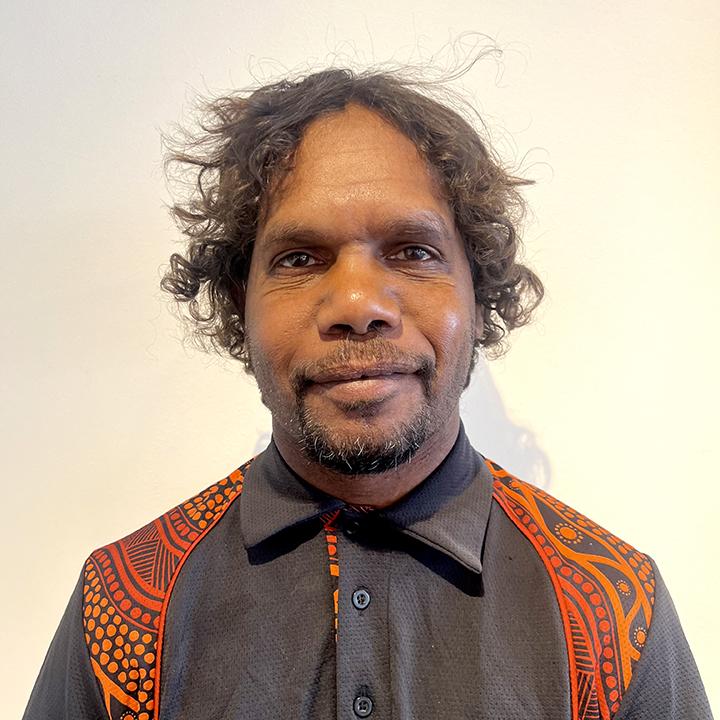
John West Tjupurrula is an artist, educator and land manager from Kiwirrkurra in Australia’s Western Desert. He is one of the leading artists currently working at Papunya Tula Artists, Australia’s oldest Aboriginal-owned arts enterprise. He teaches “two-way” science, connecting Indigenous and western methods to schoolchildren at Kiwirrkurra Remote Community School and works for the Tjamu Tjamu rangers land-management program.

Kade McDonald is the Specialist Advisor for Indigenous Partnerships and Collections at the University of Melbourne. He was the founding CEO of Agency Projects – a not-for-profit organization, established in response to an identified need, with the full support and permission of Indigenous cultural leaders. Prior to starting Agency, Kade was the Executive Director of Durrmu Arts Aboriginal Corporation, the CEO of Numbulwar Numburindi Corp and the Coordinator for Buku-Larrnggay Mulka Arts and Cultural Centre. He has been engaged as a cultural consultant for several years implementing cultural maintenance and repatriation projects in collaboration with Community leaders.